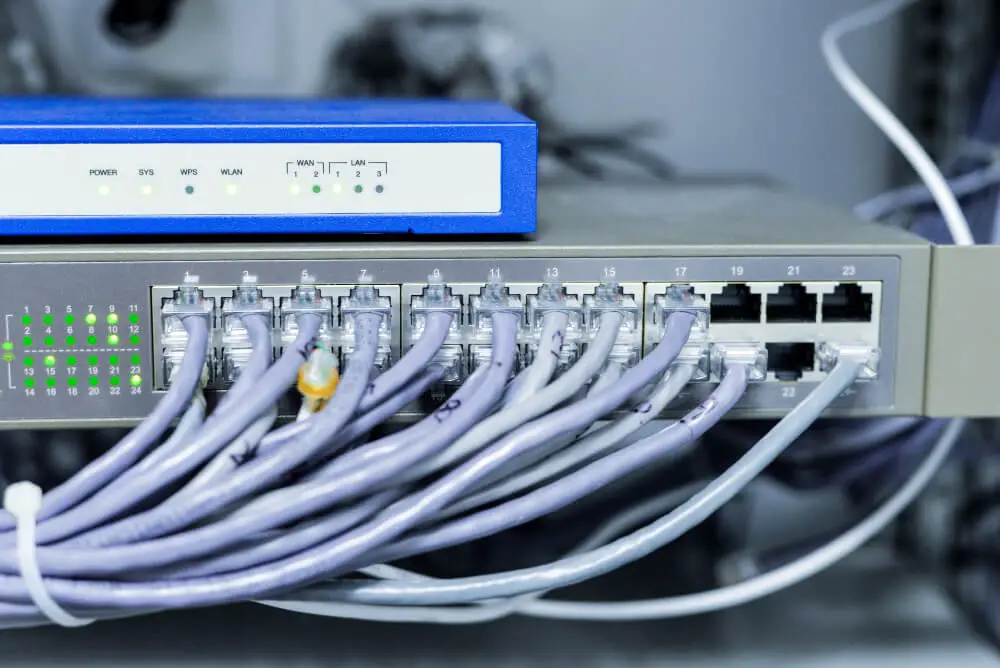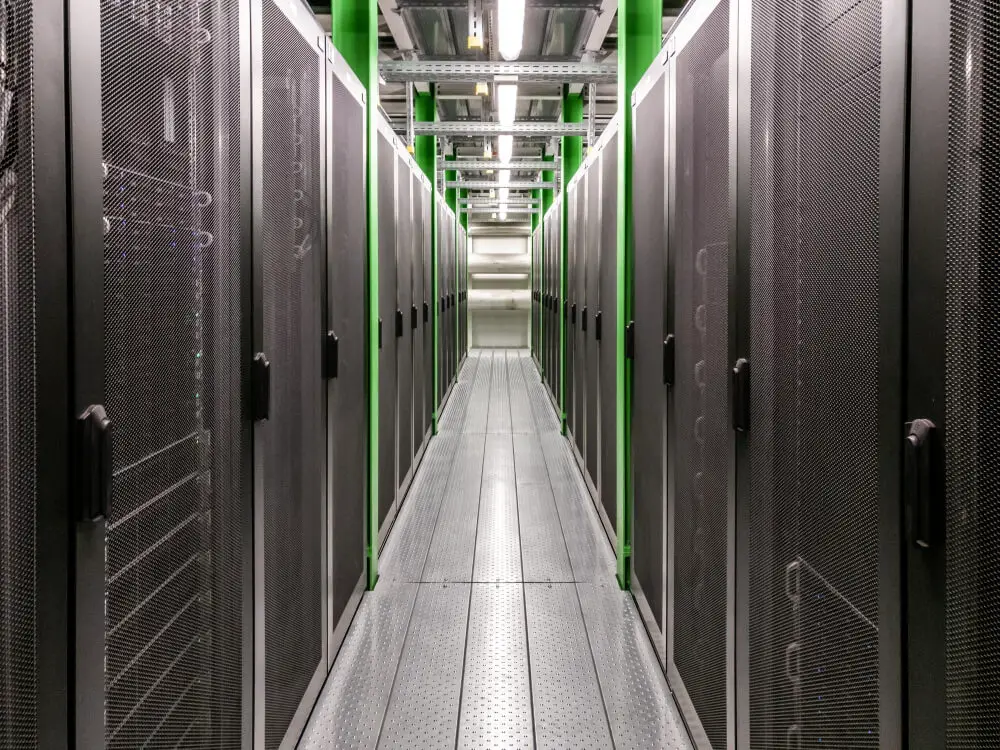Table of contents:
- What is HCI
- Difference Between Converged and Hyper-converged Infrastructure
- How HCI Works
- Benefits of HCI
- HCI Software
- Conclusion
In recent years, much has been said about the benefits of hyperconverged computing infrastructures (HCI), in which computing, storage, and network resources connect within a single server infrastructure. However, there are also opinions that convergence does not provide significant advantages.

In our article, we will look at the main differences between the converged infrastructure of computing resources and the hyper-converged infrastructure, the benefits of HCI, find out how it all works, and give examples of well-known suppliers of the related equipment.
What is HCI
Hyper-converged infrastructure (HCI) is an infrastructure in which software arranges computing power, storage, servers, and networks into a single space.
Special software is responsible for the operation of the hyper-converged structure. It turns a complex system of servers into a configuration that is easy to manage through a familiar console. It’s easy to scale the system by adding new servers, components, and modules.
Difference Between Converged and Hyper-converged Infrastructure
A traditional data center separates computing resources like servers, storage, and networking. Each resource requires separate management systems, engineering staff, and large spaces to accommodate the hardware and employees.
On the other hand, hyper-converged systems are self-contained modules containing servers, storage, and networking resources assembled into cubes. The management system is greatly simplified so that an ordinary IT generalist can easily handle it.
HCI allows you to administer “everything at once” through a single interface
In traditional server architecture, resources are purchased separately, often “with a margin” in the expectation of subsequent growth. A building block HCI architecture simplifies configuration and scaling, while built-in compression and deduplication enable a hyper-converged architecture to better use available resources.
Administration of traditional three-component data center infrastructures involves using three different management interfaces for each component: server, network, and storage. Managers must assign three administrators for these resources and possibly other specialists for virtualization and data protection in this case.
HCI allows you to administer “everything at once” through a single interface, including the central infrastructure and data protection, which does not require separate training for different subsystems. This kind of HCI administration can be handled by an average IT professional.
The traditional solution contains more pieces of equipment requiring more space, power, and cooling. HCI is a much more compact solution and therefore takes up less space in the data center, is more economical in power consumption, and requires less cooling costs.
And finally, traditional help desk solutions are more expensive because you have to deal with three or more help centers from different vendors. A single vendor support center can support HCI solutions.
How HCI works
The software used to build a hyper-converged infrastructure eliminates the need for virtual storage. Instead, HCI uses the servers’ local hard drives.
Software tools work according to the basic principles of modern storage systems, including fault tolerance and combining independent disks into arrays. In addition, they provide even distribution to the available internal drives. For example, if you use three servers in a hyper-converged infrastructure, there will be three mirrored copies of your data.

Hyper-convergence dramatically enhances the efficiency of server virtualization: it’s fault-tolerant, easier to scale, and cost-effective to manage. HCI is the best solution for small, medium, and large businesses that want to save rack space in their data center and are willing to pay for the required software licenses.
Benefits of HCI
The benefits of hyper-convergence are most apparent in edge data centers, which place processing power closer to data collection points and end users.
Deploying HCI at the edge of distributed data centers is also beneficial because it improves scalability and makes redundancy and disaster recovery easier. The ability to pre-configure hardware and software in HCI significantly reduces the cost of deploying edge data center equipment in modular or container structures (micro data centers).
The main reason HCI is most effective at the network edge is the ability to centralize administration, where the entire structure of a distributed data center from many edge data centers is visible on a single control panel.
HCI Software
An essential component of hyper-converged infrastructure is software for deploying the system and managing its operation.
StarWind is a pioneer in hyper-convergence and storage virtualization and the only provider of all-flash hyper-converged solutions on the market.
StarWind offers a trustworthy turnkey hyper-converged platform that integrates network, storage, computing, and software in a small footprint with two nodes. It reduces the total cost of ownership, improves ROI, maximizes performance, and delivers excellent resiliency with one all-flash hyper-converged solution.
StarWind’s hyperconverged infrastructure appliance comes fully pre-configured and customized to suit your needs. The company also helps with the transition to its solution at no additional cost. StarWind HCA comes with standardized, transparent licensing without hidden fees or licensing pitfalls. StarWind provides a unique practice that no other HCI provider offers for free.
Each StarWind HCA license includes a single web interface to manage and monitor hardware resources (network, storage) and software resources (workload, virtual machines, backups) from a single, easy-to-use control panel in a neat HTML5-based user interface.
The StarWind HCA is ideal for organizations looking to provide maximum performance for their mission-critical applications without spending a fortune on hardware and IT staff.

Another favorite product in this segment is VMware VSAN. It is the leading software for implementing hyper-converged infrastructure based on the high-performance vSphere architecture. It allows you to scale to meet your company’s future needs, lower your total cost of ownership, and eliminate time-consuming storage operations. IDC 2Q2017 WW Quarterly Converged Systems Tracker named VMware the largest provider of hyper-converged infrastructure software.
In practice, VMware VSAN licenses activate after deploying a hypervisor and creating a multi-server virtualization environment. This is how a cluster is formed with a virtual switch and without external storage, where data storage is organized solely at the expense of server resources. The resulting computing power, disk space, and network components are managed from a single console.
Businesses can purchase servers and special software separately, but this is often a turnkey solution from one manufacturer. Its advantage lies in comprehensive technical support and high chances of promptly eliminating problems that arise during the system’s operation.
Conclusion
Hyper-converged infrastructures are becoming increasingly popular due to the ability to get more results for less. Therefore, using hyper-converged server solutions in the context of the increasing spread of edge computing is a promising trend.




